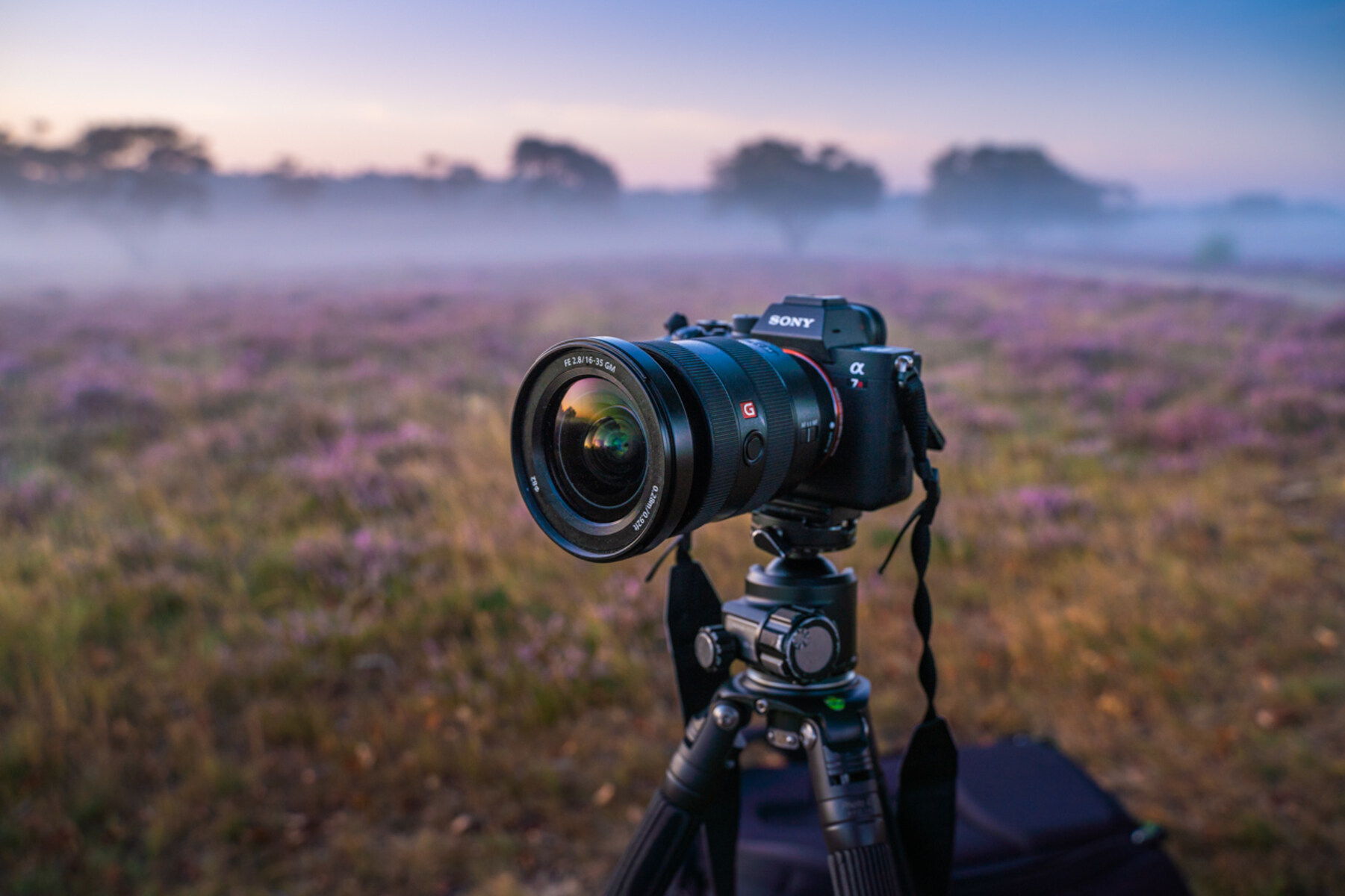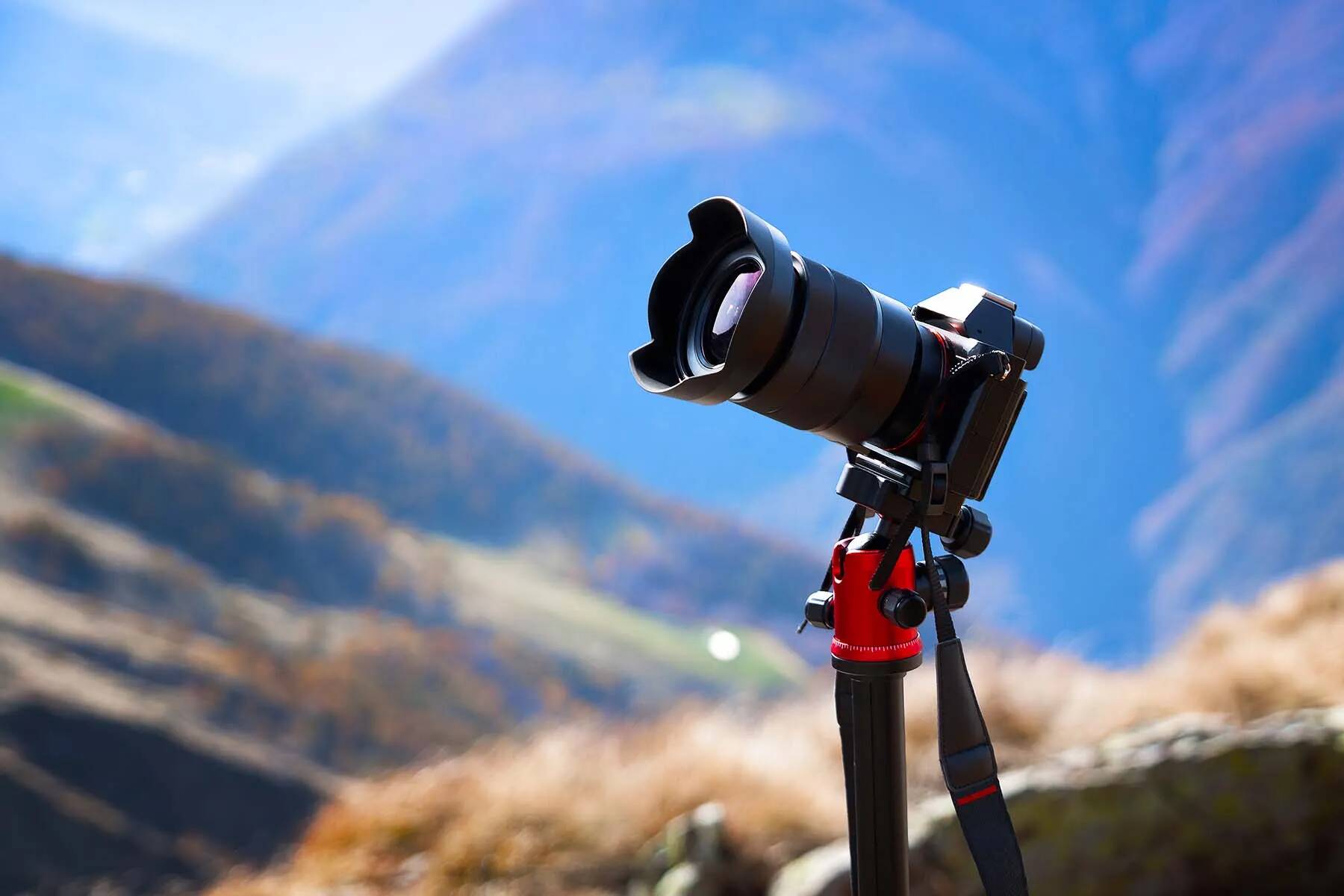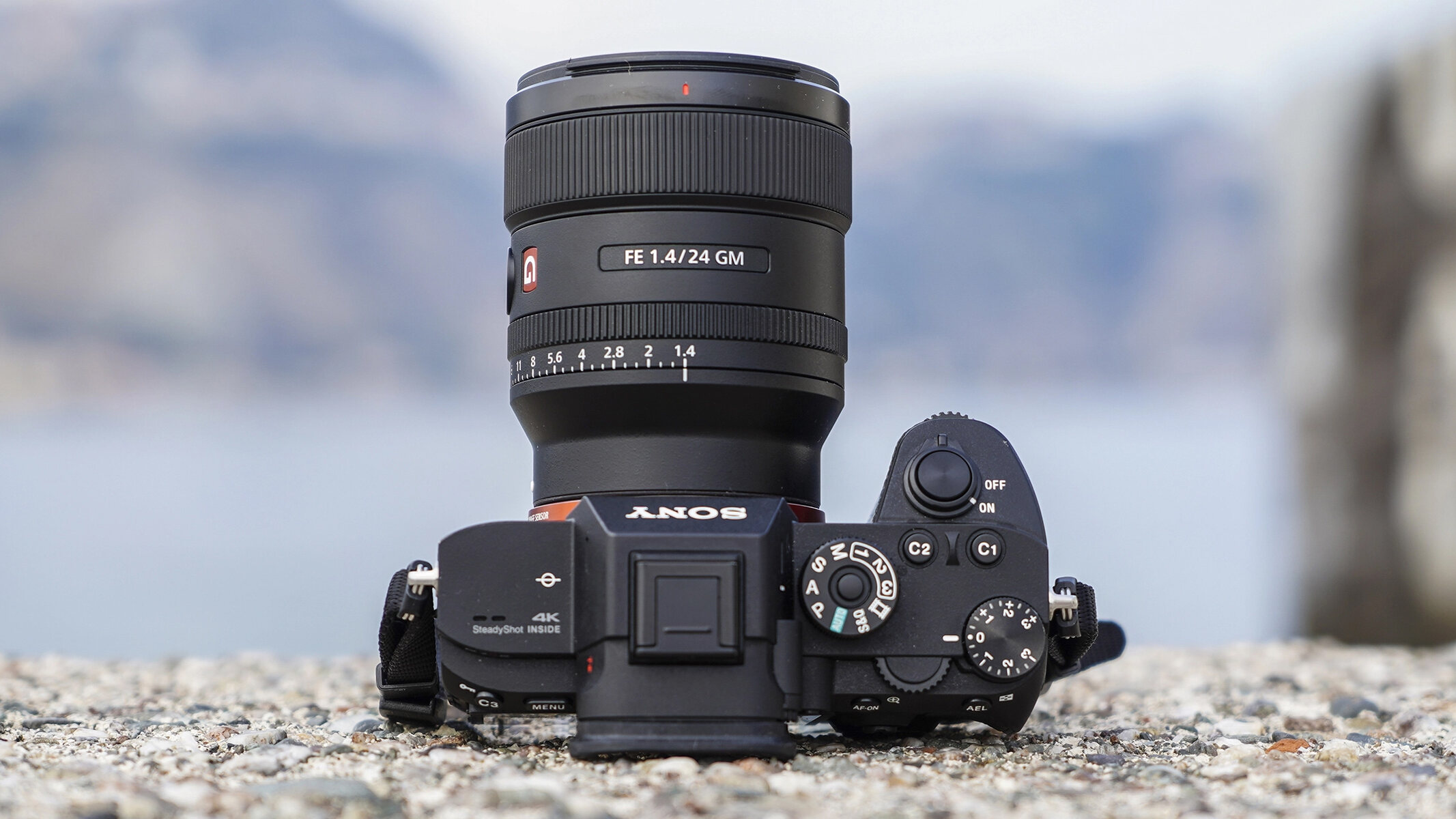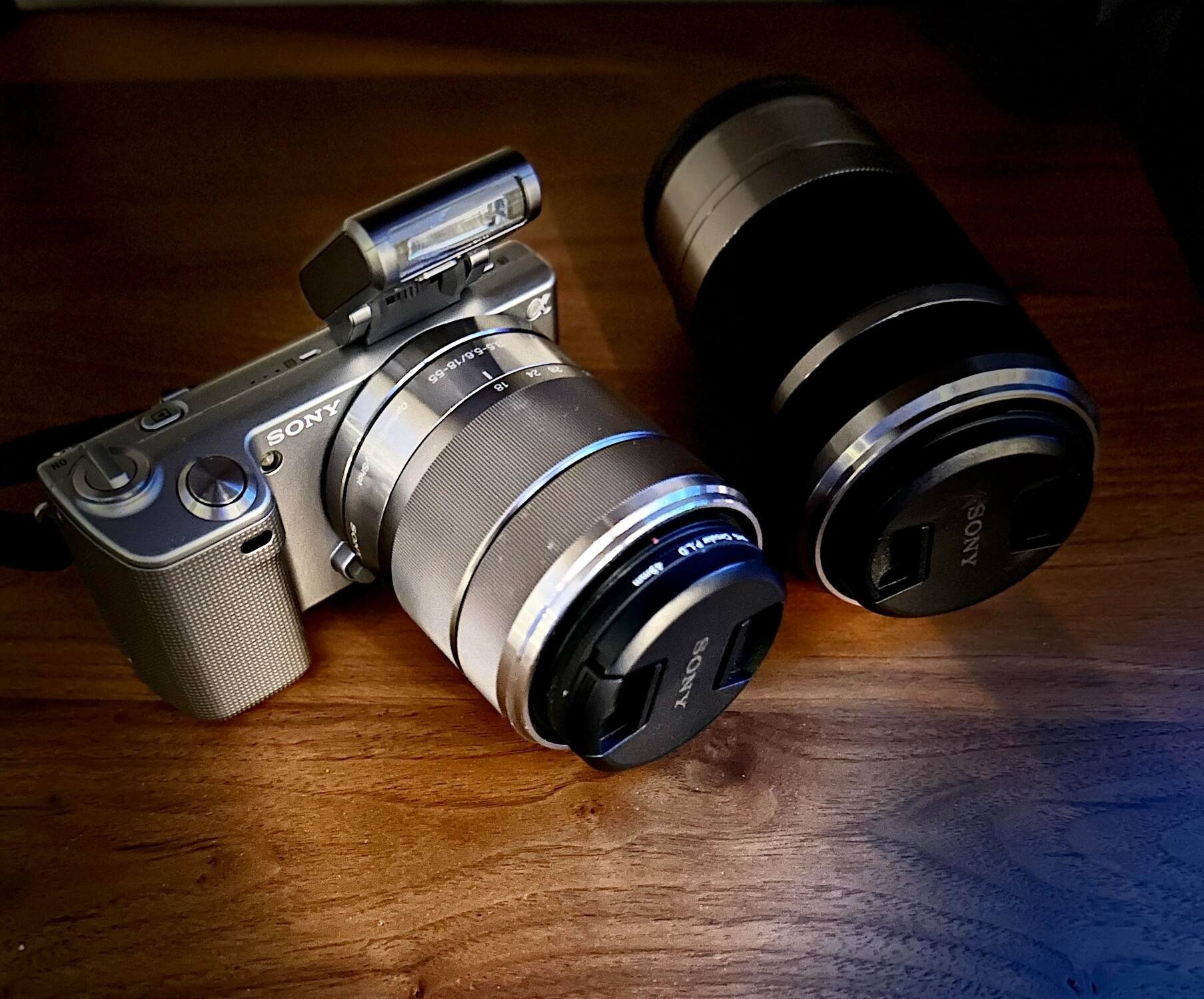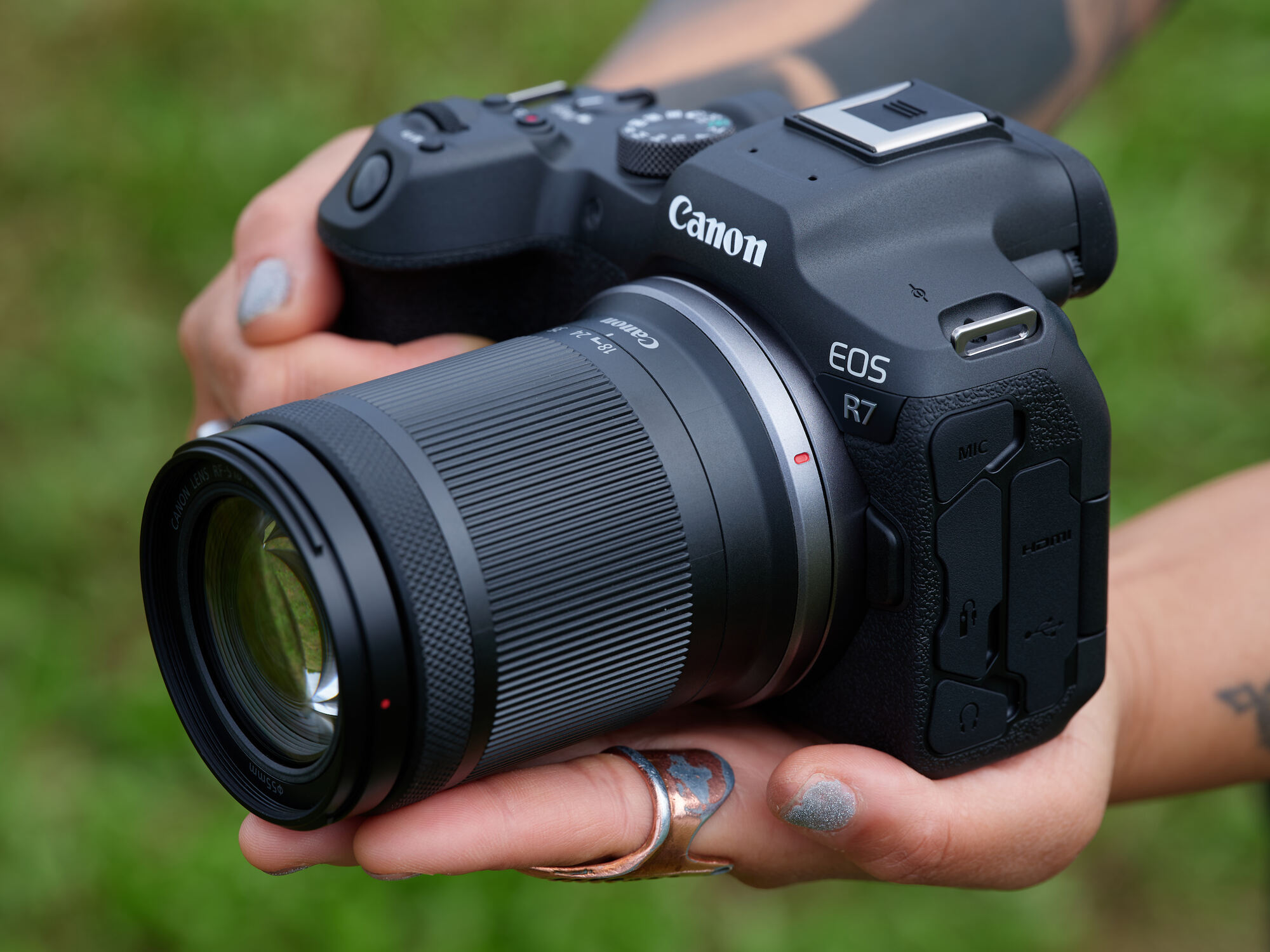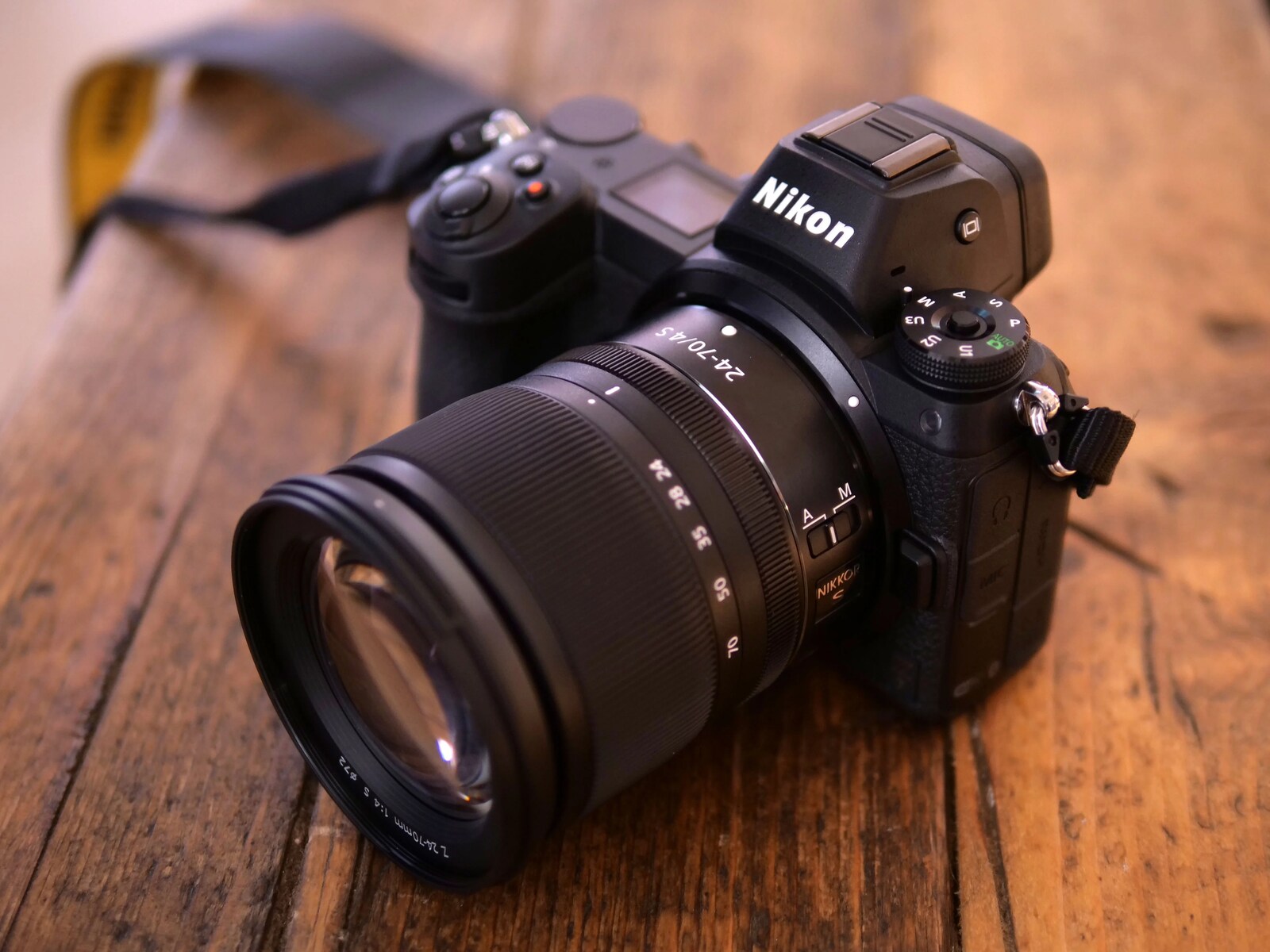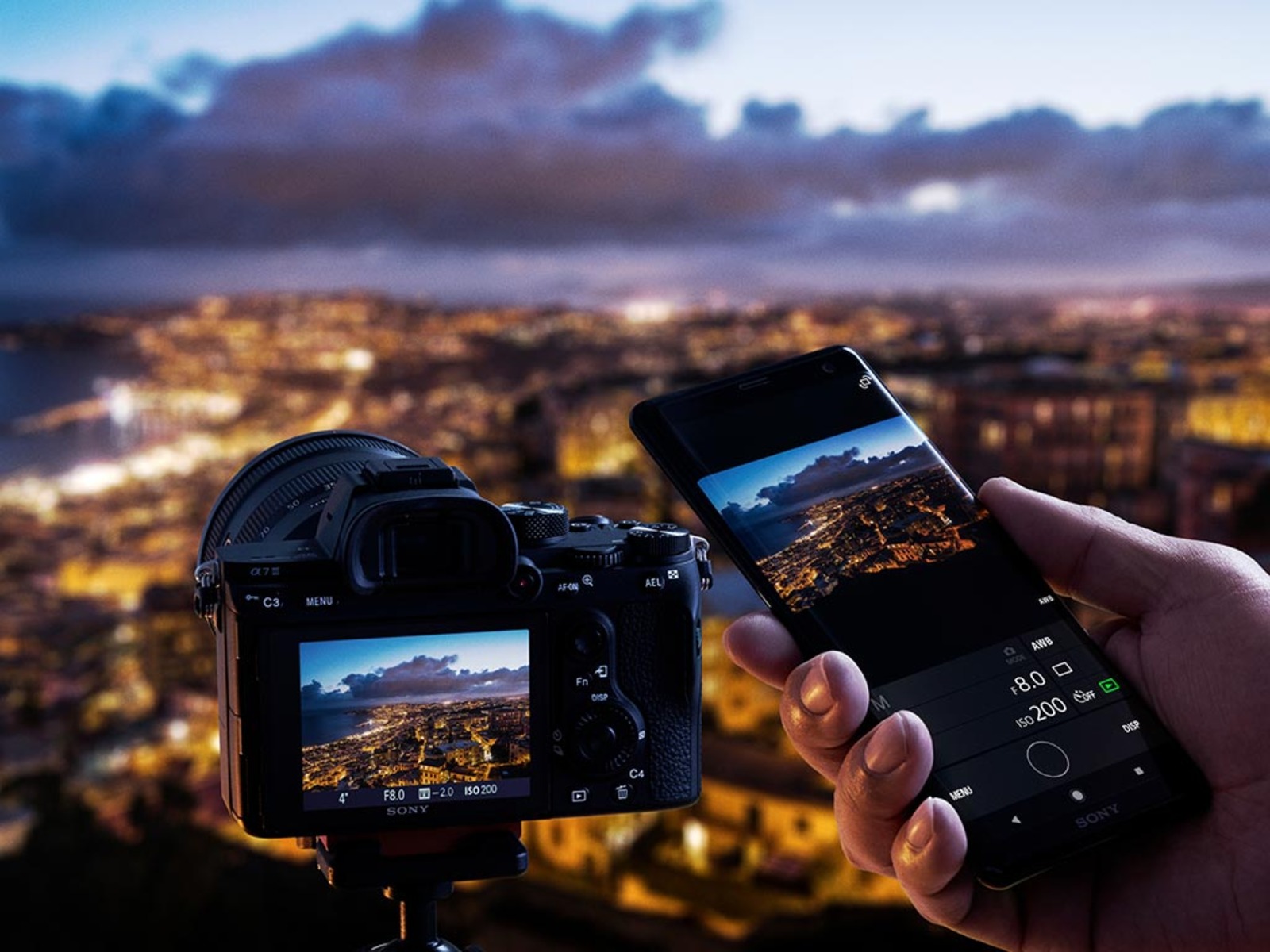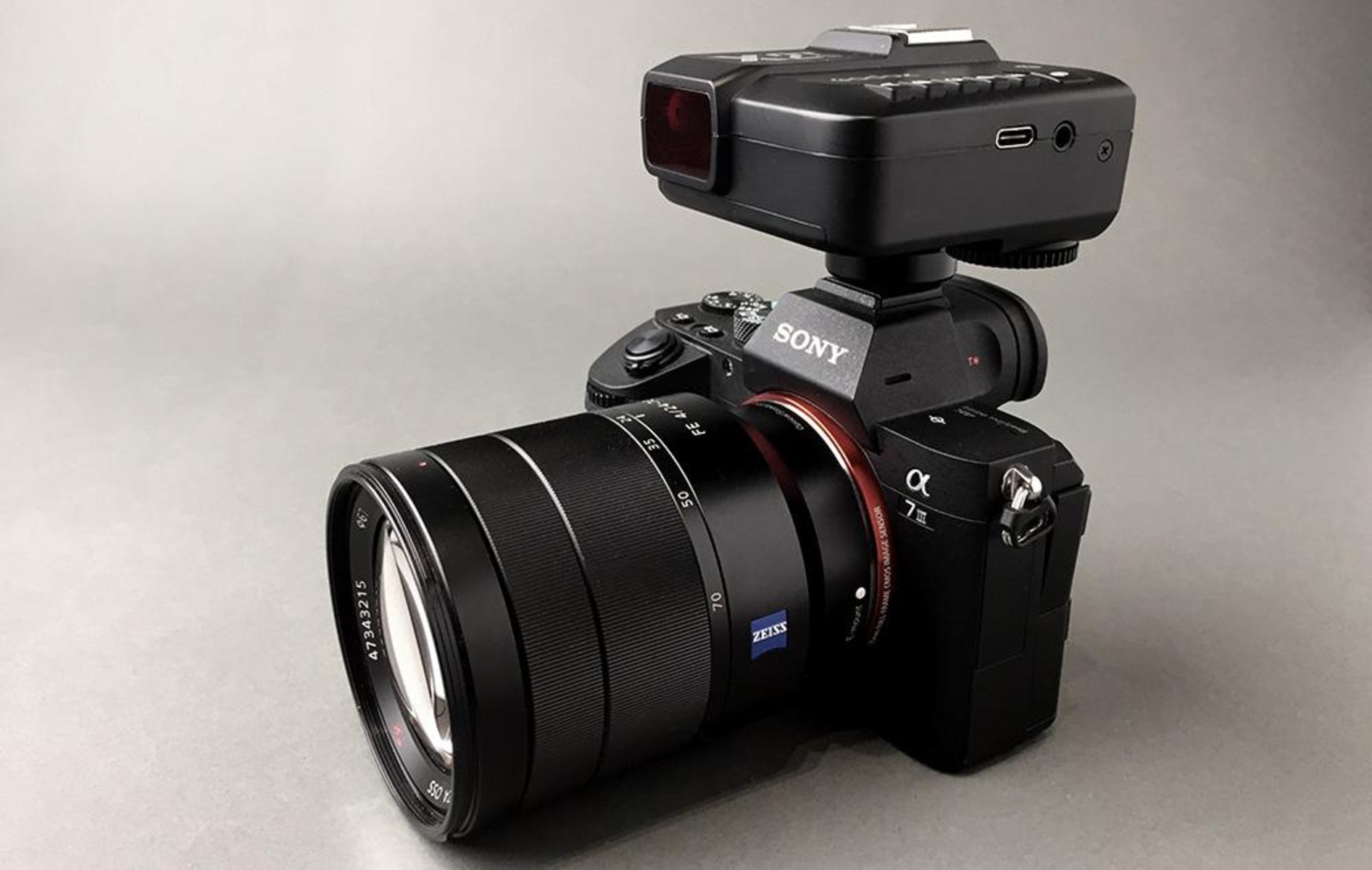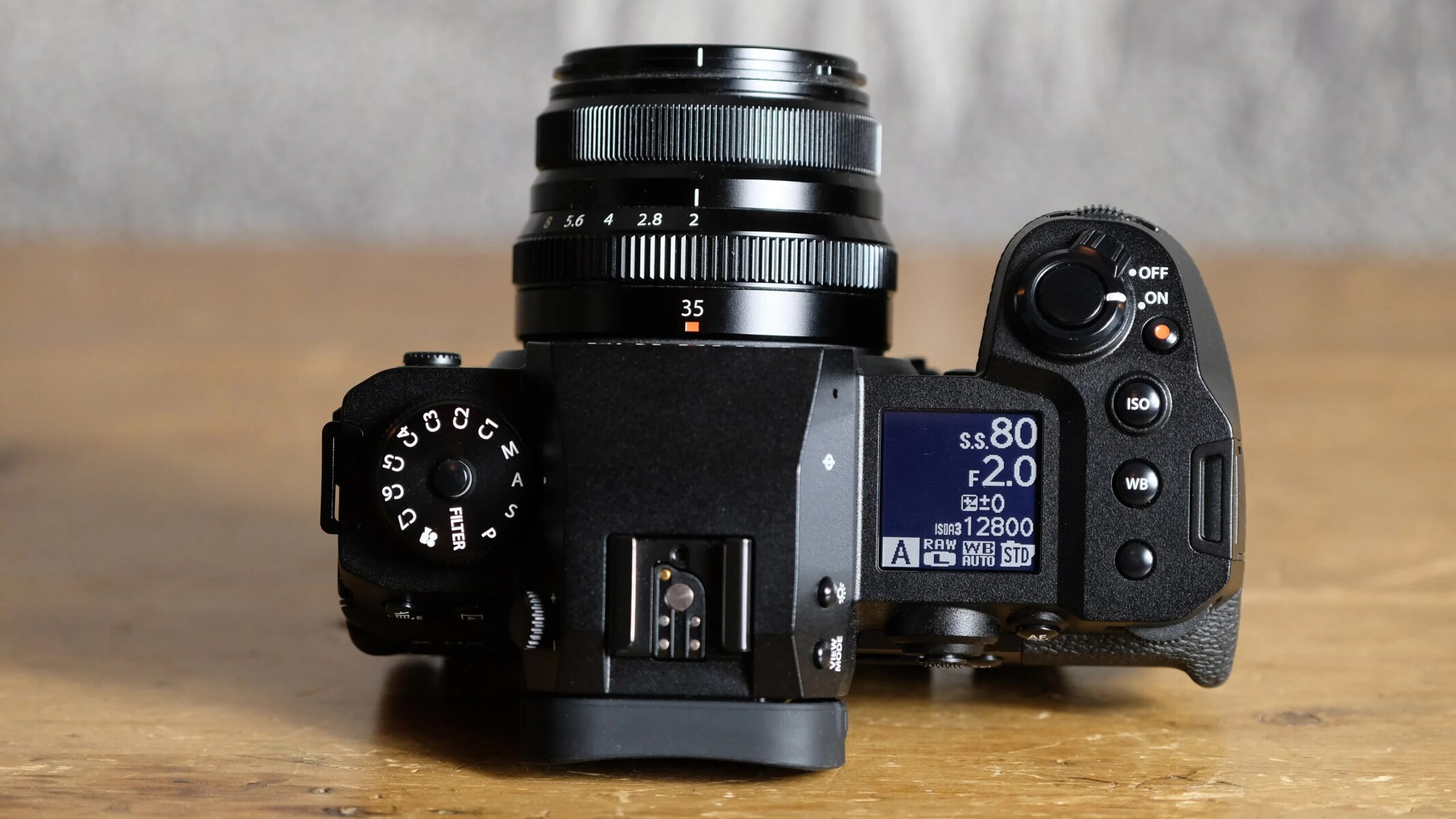Introduction
Welcome to the breathtaking world of landscape photography with Sony mirrorless cameras. Capturing the beauty of nature and the great outdoors is a rewarding experience, and with the advanced technology packed into Sony mirrorless cameras, you can elevate your landscape photography to new heights. Whether you're an amateur photographer or a seasoned pro, mastering the art of landscape photography with a Sony mirrorless camera opens up a world of creative possibilities.
Sony's mirrorless cameras are renowned for their compact size, exceptional image quality, and versatility, making them an ideal choice for capturing stunning landscapes. With features like high-resolution sensors, powerful image processors, and a wide range of compatible lenses, Sony mirrorless cameras empower photographers to unleash their creativity and capture the grandeur of nature in exquisite detail.
In this guide, we'll delve into the intricacies of using a Sony mirrorless camera for landscape photography. From understanding the basics of these innovative cameras to selecting the right lenses, setting up your camera for optimal landscape shots, and mastering composition and framing, we'll cover everything you need to know to elevate your landscape photography skills.
Whether you're drawn to the serene beauty of rolling hills, the majestic allure of mountains, or the tranquil charm of coastal vistas, this guide will equip you with the knowledge and techniques to capture the essence of these landscapes with your Sony mirrorless camera. So, grab your camera, pack your sense of adventure, and let's embark on a journey to unlock the full potential of landscape photography with Sony mirrorless cameras.
Understanding the Basics of a Sony Mirrorless Camera
Before delving into landscape photography with a Sony mirrorless camera, it’s essential to grasp the fundamental features and functionalities that set these cameras apart. Unlike traditional DSLR cameras, Sony mirrorless cameras do not have a mirror to reflect light into an optical viewfinder. Instead, they utilize a digital viewfinder or the rear LCD screen to display a real-time preview of the scene, providing a more accurate representation of the final image.
One of the key advantages of Sony mirrorless cameras is their compact and lightweight design, making them highly portable and well-suited for outdoor photography. Additionally, their electronic viewfinders offer valuable benefits, such as live exposure previews, focus peaking, and the ability to display crucial shooting information directly in the viewfinder.
Furthermore, Sony’s mirrorless cameras boast advanced autofocus systems, rapid continuous shooting capabilities, and impressive low-light performance, allowing photographers to capture landscapes with remarkable clarity and detail. The absence of a mechanical mirror also contributes to reduced camera shake, enabling smoother handheld shooting and enhancing the overall stability of the camera.
Another standout feature of Sony mirrorless cameras is their electronic shutter, which operates silently and facilitates discreet shooting in serene natural settings without disturbing the ambience. This feature is particularly advantageous when photographing wildlife or serene landscapes where silence is paramount.
Understanding the basics of a Sony mirrorless camera lays the foundation for harnessing its full potential in landscape photography. As we continue our exploration, we’ll delve deeper into the nuances of leveraging these features to capture breathtaking landscapes with precision and artistry.
Choosing the Right Lenses for Landscape Photography
When it comes to landscape photography with a Sony mirrorless camera, selecting the right lenses is crucial for achieving stunning results. Sony offers a diverse range of high-quality lenses tailored to the specific demands of landscape photography, catering to varying focal lengths, apertures, and optical characteristics.
One of the most popular choices for landscape photography is a wide-angle lens, such as the Sony FE 16-35mm f/2.8 GM or the Sony FE 12-24mm f/4 G. These lenses excel at capturing expansive vistas, majestic mountain ranges, and sweeping seascapes, allowing photographers to encompass a broad field of view and emphasize the grandeur of the natural landscape.
For photographers seeking exceptional sharpness and detail across the frame, the Sony FE 24-70mm f/2.8 GM lens is a versatile option, providing the flexibility to capture a wide range of compositions, from wide-angle landscapes to intimate details within the scene. Additionally, prime lenses like the Sony FE 35mm f/1.4 GM or the Sony FE 50mm f/1.2 GM offer exceptional optical performance and low-light capabilities, enabling photographers to capture landscapes with exquisite precision and artistic expression.
Furthermore, telephoto lenses, such as the Sony FE 70-200mm f/2.8 GM, can be invaluable for isolating distant elements in the landscape, compressing perspectives, and capturing compelling details that might otherwise be overlooked. These lenses bring distant subjects closer, making them ideal for capturing the intricate patterns of mountain ranges, the interplay of light and shadow in valleys, or the captivating beauty of distant landmarks.
Understanding the unique characteristics and applications of different lenses empowers photographers to make informed choices based on the specific visual narrative they aim to convey. Whether it’s the sweeping grandeur of wide-angle vistas, the intricate details of intimate landscapes, or the compelling compression of telephoto perspectives, selecting the right lenses is a pivotal step in realizing the full potential of landscape photography with a Sony mirrorless camera.
Setting Up Your Sony Mirrorless Camera for Landscape Shots
Optimizing your Sony mirrorless camera’s settings is essential for capturing breathtaking landscape shots with precision and clarity. Before venturing into the great outdoors, it’s important to configure your camera to harness its full potential for landscape photography.
First and foremost, ensure that your camera is set to its highest resolution to capture the intricate details and expansive beauty of landscapes. Selecting the RAW file format provides maximum flexibility during post-processing, allowing you to fine-tune the image with greater control over exposure, white balance, and dynamic range.
When it comes to autofocus settings, utilizing the camera’s flexible spot or center-weighted focusing modes can help achieve precise focus on key elements within the landscape. Additionally, activating focus peaking assists in identifying areas of sharp focus, especially when using manual focus or when the scene demands meticulous attention to depth of field.
To mitigate the risk of camera shake and ensure optimal sharpness, consider utilizing a sturdy tripod to stabilize your camera, particularly in low-light conditions or when capturing long exposure shots of serene landscapes. Engaging the camera’s built-in level or grid display aids in maintaining horizontality and compositional balance, resulting in well-aligned and visually compelling landscape images.
Furthermore, leveraging the camera’s dynamic range optimization and utilizing graduated neutral density filters can help manage high-contrast scenes, such as capturing the luminous glow of a sunrise or the rich tonal range of a sunset against a dark foreground. These tools enable photographers to preserve detail in both highlights and shadows, enhancing the overall visual impact of landscape imagery.
By customizing your Sony mirrorless camera’s settings to suit the specific demands of landscape photography, you can elevate your ability to capture the grandeur of nature with unparalleled clarity and artistic expression. As we delve deeper into the technical aspects of shooting landscapes, these foundational settings will form the cornerstone of your photographic endeavors in the great outdoors.
Mastering Composition and Framing
Mastering composition and framing is paramount in landscape photography, as it directly influences the visual impact and storytelling prowess of your images. With a Sony mirrorless camera in hand, honing your compositional skills enables you to capture the essence of the natural world with artistry and finesse.
One fundamental principle in landscape composition is the rule of thirds, which involves dividing the frame into a 3×3 grid and strategically positioning key elements, such as the horizon or focal points, along these intersecting lines. This approach fosters visual balance and guides the viewer’s gaze across the scene, creating a harmonious and engaging composition.
Moreover, leveraging leading lines, such as meandering rivers, winding paths, or rugged rock formations, can guide the viewer’s eye through the image, adding depth and dynamism to the composition. By incorporating these natural elements, you can draw attention to focal points and evoke a sense of exploration and visual immersion within the landscape.
When framing your shots, consider the concept of foreground interest to add depth and context to the image. Including compelling foreground elements, such as vibrant wildflowers, textured rocks, or reflective bodies of water, not only enhances the visual narrative but also establishes a sense of scale and dimension within the expansive landscape.
Furthermore, mastering the art of framing involves thoughtful consideration of the natural elements within the scene. Whether it’s the interplay of light and shadow, the juxtaposition of contrasting textures, or the harmonious convergence of natural forms, paying attention to these nuances enriches the visual storytelling and imbues your landscape images with depth and emotion.
By mastering composition and framing techniques, you can harness the full potential of your Sony mirrorless camera to capture landscapes that resonate with captivating visual allure and narrative depth. As we continue our exploration of landscape photography, these foundational principles will serve as your guide to crafting evocative and visually compelling images that celebrate the splendor of the natural world.
Utilizing the Best Settings for Landscape Photography
Optimizing the settings on your Sony mirrorless camera is essential for achieving exceptional results in landscape photography. From exposure and white balance to metering and image stabilization, understanding and utilizing the best settings empowers you to capture the grandeur of nature with precision and artistry.
When it comes to exposure settings, prioritizing a low ISO to minimize digital noise and maximize image quality is crucial, especially when shooting in well-lit outdoor environments. Additionally, employing a narrow aperture, such as f/8 to f/11, enhances depth of field, ensuring that both foreground and background elements remain sharply in focus, a hallmark of captivating landscape imagery.
White balance plays a pivotal role in capturing the natural colors and hues of the landscape accurately. While daylight or cloudy presets are suitable for most scenarios, experimenting with custom white balance settings allows you to fine-tune the color temperature to evoke the desired mood and ambiance, particularly during golden hour or under dramatic lighting conditions.
Utilizing the camera’s metering modes, such as evaluative or center-weighted metering, enables precise exposure calculation based on the luminance distribution within the scene. This ensures that the tonal range of the landscape is faithfully rendered, preserving intricate details in highlights and shadows while maintaining overall exposure balance.
Furthermore, activating in-body image stabilization (IBIS) or optical stabilization (OSS) in compatible lenses is invaluable for mitigating the effects of camera shake, especially when shooting handheld in challenging lighting conditions or when capturing long exposure shots of serene landscapes. This feature enhances the overall sharpness and clarity of the image, resulting in visually arresting landscape photographs.
By mastering the best settings for landscape photography on your Sony mirrorless camera, you can harness the full potential of its advanced features and technical capabilities to capture the splendor of nature with unparalleled precision and visual impact. As we delve deeper into the nuances of landscape photography, these foundational settings will serve as your gateway to crafting extraordinary images that celebrate the timeless beauty of the natural world.
Tips for Capturing Stunning Landscapes with Your Sony Mirrorless Camera
Capturing stunning landscapes with your Sony mirrorless camera is a harmonious blend of technical prowess and artistic vision. To elevate your landscape photography to new heights, consider the following tips and techniques that will empower you to unleash the full potential of your camera and capture the breathtaking beauty of the natural world.
- Embrace Golden Hour Magic: The golden hours of sunrise and sunset bestow landscapes with a warm, ethereal glow. Capitalize on this magical light to infuse your images with captivating ambiance, rich colors, and striking contrasts. The soft, directional light during these times enhances textures and adds depth to the landscape, resulting in evocative and visually compelling photographs.
- Explore Unique Perspectives: Experiment with unconventional vantage points and perspectives to imbue your landscape images with a sense of dynamism and visual intrigue. Whether it’s capturing low-angle views that accentuate foreground elements or seeking elevated positions to unveil expansive vistas, embracing unique perspectives adds a fresh dimension to your photographic repertoire.
- Harmonize Elements of Interest: When composing your shots, strive to harmonize diverse elements within the landscape to create a cohesive and visually engaging narrative. Whether it’s the convergence of winding rivers, the juxtaposition of natural textures, or the interplay of light and shadow, weaving these elements together fosters a captivating visual tapestry that resonates with the viewer.
- Emphasize Atmospheric Depth: Incorporate atmospheric elements, such as mist, fog, or distant haze, to infuse your landscapes with a sense of depth and mystery. These ethereal elements add a layer of intrigue and evoke a profound sense of scale, drawing the viewer into the immersive expanse of the natural world.
- Patience and Perseverance: Nature’s splendor unfolds at its own pace, often rewarding patient and perseverant photographers with extraordinary moments of serenity and grandeur. Embrace the ebb and flow of natural light, weather patterns, and seasonal changes, and allow these elements to shape your photographic narrative, resulting in images that encapsulate the timeless allure of the landscape.
By incorporating these tips into your landscape photography endeavors, you’ll harness the transformative potential of your Sony mirrorless camera to capture landscapes that resonate with emotive depth, visual splendor, and timeless allure. As you embark on this photographic odyssey, these insights will serve as your compass, guiding you to unveil the captivating essence of the natural world through the lens of your Sony mirrorless camera.







